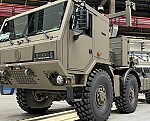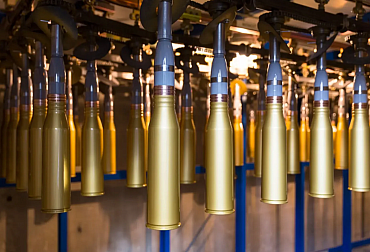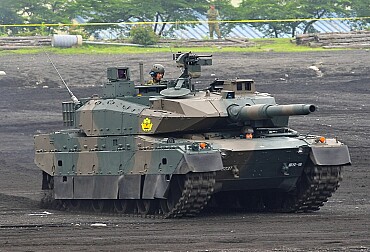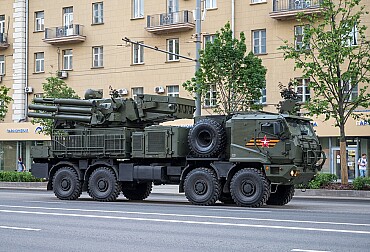Russia violates New START Treaty terms: U.S. report highlights growing concerns
A newly released U.S. State Department report has raised serious concerns over Russia's noncompliance with key provisions of the New Strategic Arms Reduction Treaty (New START), a vital arms control agreement between the United States and Russia. According to the report, Russia has failed to meet its obligations under the treaty, specifically in the areas of verification, transparency, and data-sharing, leading to increased uncertainty about its strategic nuclear arsenal.
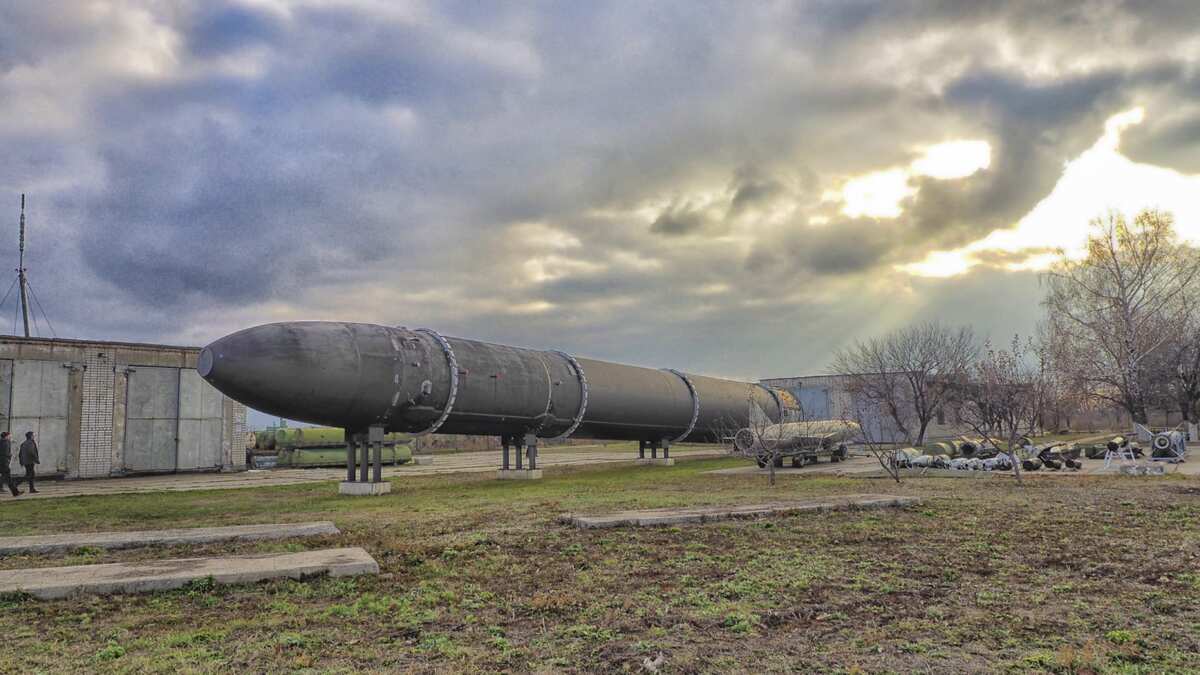
Key Violations and Their Impact
The primary violations cited in the report include Russia’s refusal to facilitate inspection activities and its failure to provide regular data updates. These actions hinder the ability of the United States to verify whether Russia is adhering to the treaty’s limit of 1,550 deployed nuclear warheads on intercontinental ballistic missiles (ICBMs), submarine-launched ballistic missiles (SLBMs), and deployed heavy bombers.
Despite suspending its participation in the treaty in February 2023, Russia has continued to assert that it remains within the limits on strategic offensive arms. However, without on-site verification and regular data disclosures, U.S. officials remain skeptical about these claims. The report emphasizes that Russia’s obstruction of verification procedures has deprived the United States of critical tools needed to monitor compliance, raising concerns that Moscow may be exceeding the agreed-upon limits.
Verification Measures and Their Importance
The New START Treaty, signed in 2010 and extended until 2026, relies on a comprehensive verification regime to ensure compliance. This regime includes biannual declarations of deployed warheads, notifications of deployment status changes, and Type One inspections, which allow U.S. officials to visually confirm the number of reentry vehicles on deployed missiles at Russian bases.
With these inspections suspended, the report warns that the U.S. is now operating in a "data vacuum," making it difficult to assess whether Russia is secretly expanding its nuclear arsenal. The absence of transparency increases the risk of miscalculations and heightens geopolitical tensions at a time when U.S.-Russia relations are already strained due to conflicts such as the war in Ukraine.
Potential Treaty Violations and Strategic Concerns
While the report acknowledges that Russia likely did not exceed the treaty’s warhead cap in 2024, it also suggests that Russia may have surpassed the 1,550 limit at certain points during the year. However, the inability to conduct independent inspections means that any potential violations remain speculative rather than conclusive.
The lack of verification measures has also fueled broader concerns about Russia’s nuclear posture. Without routine inspections and data updates, analysts fear that Moscow could be engaging in activities that would otherwise be flagged under normal treaty operations. This not only undermines the effectiveness of New START but also erodes trust between the two nuclear superpowers.
Broader Implications for Global Arms Control
The release of this report comes at a precarious moment for global arms control agreements. As New START approaches its expiration date in 2026, both the United States and Russia must decide whether to negotiate a successor treaty or risk further destabilization of the global nuclear balance. The failure to reach a new agreement could lead to an unchecked arms race, with both nations expanding their arsenals in response to the growing uncertainty.
Furthermore, Russia’s noncompliance with New START verification mechanisms sets a dangerous precedent for future arms control efforts. If key agreements can be ignored without consequences, the entire framework of nuclear arms reduction could be at risk. This could embolden other nuclear-armed states to adopt similar opaque policies, further complicating nonproliferation efforts worldwide.
U.S. Calls for Compliance and Next Steps
The United States has urged Russia to return to compliance and reinstate the treaty’s verification regime, arguing that transparency and trust are essential for maintaining strategic stability. However, with Russia continuing to resist international pressure, the path forward remains uncertain.
Experts warn that if Russia fails to uphold its treaty obligations, the United States may be forced to reconsider its own nuclear policies, potentially leading to a renewed arms race. This would mark a significant shift from decades of arms control agreements that have helped prevent a dangerous escalation of nuclear tensions.
Conclusion
The U.S. State Department’s findings underscore the fragile state of global nuclear stability. As Russia continues to block verification measures, the effectiveness of the New START Treaty is in jeopardy. Without a reliable mechanism to confirm compliance, the risk of misunderstandings, miscalculations, and strategic instability increases dramatically. Moving forward, both Washington and Moscow must engage in serious diplomatic efforts to restore trust, ensure transparency, and prevent a further deterioration of nuclear arms control agreements.





